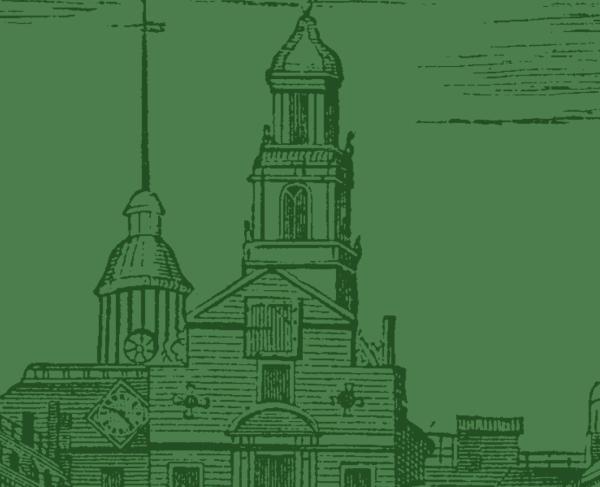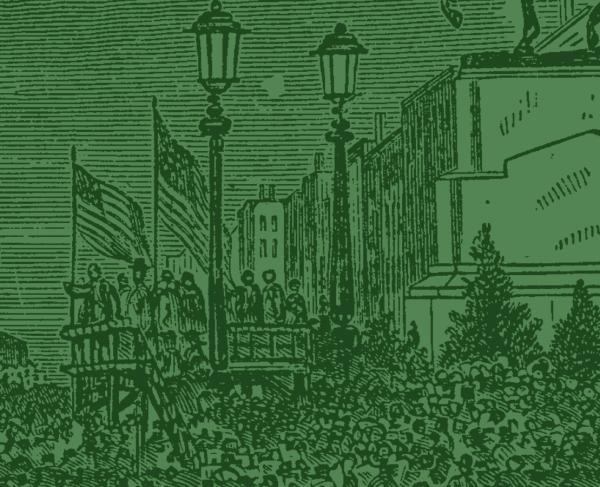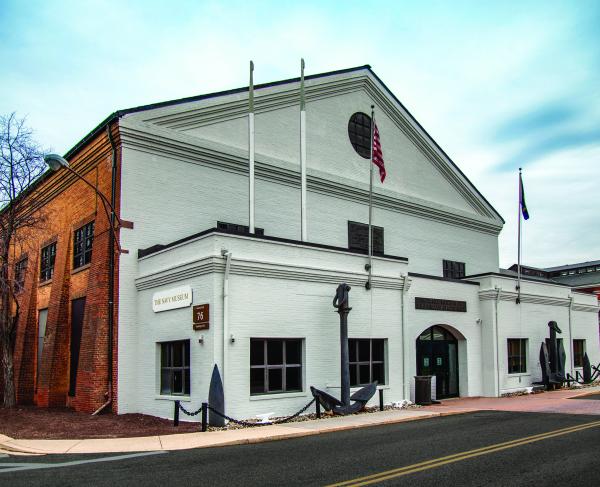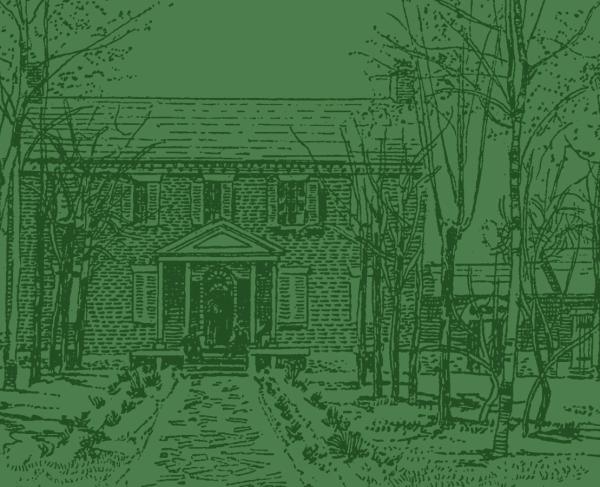National Building Museum
Washington DC
401 F Street Northwest
National Law Enforcement Memorial
Washington, DC 20001
United States

In the deacdes after the Civil War, Congress expanded the Federal pension program to provide coverage for hundreds of thousands of veterans and their survivors and dependents, most notably widows and orphans. The venerable Montgomery Meigs was tasked with designing and creating the building to house the more than 1,500 staffers required to administer the new benefit system and the pension files to record it. Meigs sought to pay homage to the honorable lives the building served with a grand Italian Renaissance design. The red-brick exterior includes more than 15 million bricks laid between 1882 and its completion in 1887. The interior central atrium boasts eight of the largest Corinthian columns in the world, 75 feet tall with an eight-foot-diameter base and made from nearly 70,000 bricks painted to look like marble. Open arcaded galleries line the perimeter walls and lead to offices.
The building’s deviation from the standard government design garnered many critics and even General Philip Sheridan is said to have quipped, “Too bad it’s fireproof.” Meigs was undeterred, saying, “Those who live in it appear to be content with it, and I believe that its continued use will justify the theory of its design and construction. No dark, ill ventilated corridors depreciate the health of those who work in it or depress their spirits. Every working room is lighted from windows on two sides. There is not a dark corner in the building.”
Meigs’ most notable gesture of reverence for his fellow Civil War veterans in the building’s design is the 1,200-foot long frieze that marches over 1,300 figures around the perimeter of the building. Sculpted by Caspar Buberl, it includes infantry, navy, artillery, cavalry, and medical components. Meigs insisted that a black teamster, who “must be a negro, a plantation slave, freed by war,” be included on a quartermaster-themed panel. The figure stands in prominence over the building’s west entrance.
In the 1920s the Pension Bureau merged into the Veterans Administration and the General Accounting Office took over the building in 1926, followed by a string of other federal agencies. In 1985 it became the permanent home of the National Building Museum, hosting exhibits about architecture and placemaking and home to an archive of architectural blueprints, models, and artifacts, including a tea set given to Meigs by some of his former staff, several old workers’ shoes, and a portion of a wooden beam signed by Meigs



